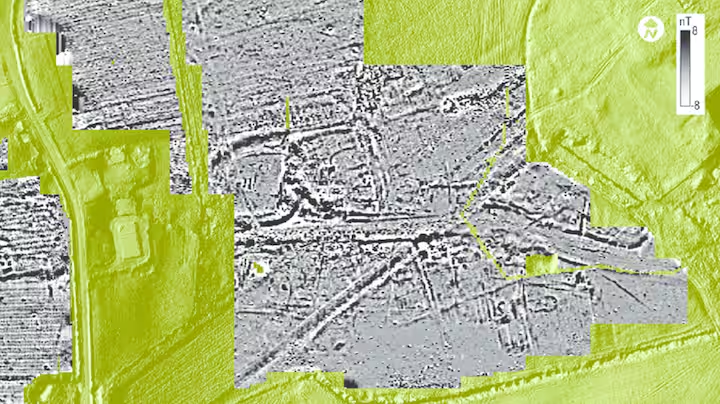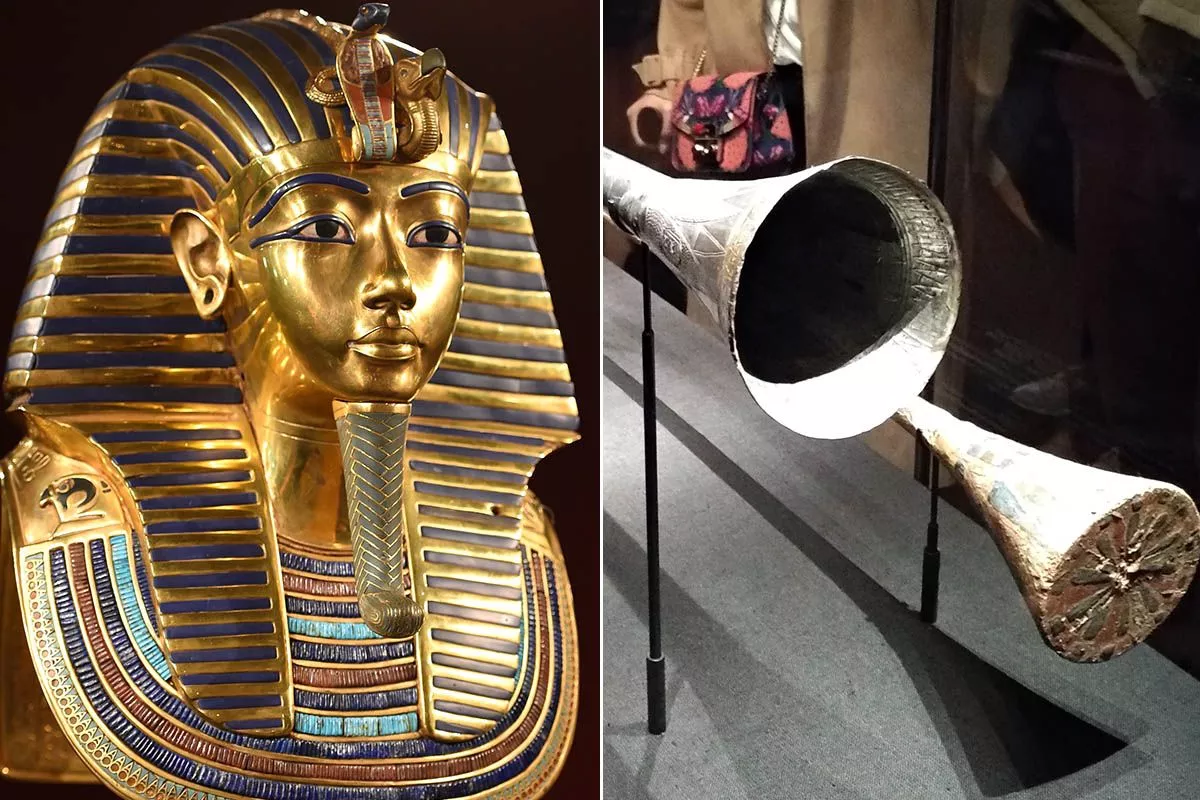The bit of magic that dominates Egyptian life more than anything else are magical amulets, a small object worn for protection. That, by the way, is the ancient Egyptian etymology of the word. Originally, these things were called things like “protectors”. There were many amulets prevalent, different amulets for different goals intended.
The Eye of the Horus was the most popular of all amulets and represent good health and vigor.
The Eye of Horus
The Eye of Horus was one of the most popular of all amulets. It was a small thing worn around the neck usually representing the eye of the falcon god Horus.
Horus fought in a battle with Seth, his evil uncle and he tried to kill him, but he didn’t. Instead, he beats him up. But, during the battle, Horus’s eye is taken out. Now the eye was magically regenerated by the god Toth, god of writing, also the god of magic, and it became the sign of health. It represents the very sort of characteristic markings of a falcon’s eye.
If you look in a natural history museum, at a falcon, you’ll see the parts of the eye are really carefully reproduced in this magical amulet. There is another representation of the Eye of Horus, that has become a sign of health – the pharmacist’s “Rx” seen in prescriptions nowadays.
The pharmacist’s “Rx” is really a corruption of part of the Eye of Horus. The Eye of Horus, in the Middle Ages, became a kind of sign of health, and that that was corrupted eventually by the apothecaries to be the “Rx.” So the Eye of Horus becomes our symbol of health also. So if you wanted to be healthy, the Eye of Horus was worn. These were things that were worn both by the living and by the deceased.
The Popular Scarab
The most common of all magical amulets was the scarab, it was found in thousands. The scarab is a carved beetle. The word for beetle was a pun, in ancient Egyptian it was pronounced “kheper.” That meant two things – one, it meant “beetle” but the other meant “to exist.” So if you wore a beetle around your neck, you would exist. It was for continuing existence.
Another thing about the scarab and the Egyptians’ interest in scarabs and beetles had to do with bad biology. Egyptians weren’t great on biology really by any means. They believed that the scarab procreated without a male and female. They thought that there was only a female, or maybe only a male. The reason is, they saw the scarab—a dung beetle, also called scarabeus sacre in Latin. That’s where we get scarab, from scarabeus sacre, “the sacred scarab” or the sacred beetle. They saw scarabs pushing their dung balls in front of them, the female lays the eggs in a dung ball so that it will have, they’ll have food when they hatch and it looked like the sun, this large disk being rolled across the horizon. They thought this was a very special animal so the scarab became sacred.
Selection of scarabs including Scarab with the Name of Hatshepsut, 1473-1458 BC, Heart Scarab of Ruru, 1550-1070 BC, and Naturalistic Scarab, 688-30 BC, via The Met Museum, New York
Hence, scarabs are another thing the Egyptians loved to wear. They also used them as signet rings. On the bottom of the scarab, the flat part, you would carve your name and you could seal your wine jar. So the servants couldn’t get into it.
The Rare Ankh
Another one is the magical amulet that everybody knows about today –the ankh, the Egyptian cross that means life. It’s a loop on top, and then the regular cross, so there are two arms going across and down.
The surprising thing is the ankh is perhaps the rarest of all amulets. We never find them. You never find them in excavations. We always see gods painted on temples holding them and touching it to the nose of the pharaoh, giving him life. So this may have been something reserved to the gods because it is very rare as an amulet.
Djed Pillar for the Dead
There is another amulet called the djed pillar. This is a little amulet, usually carved, and it looks like a pillar with some lines across it.
This represents the backbone of the god Osiris and wearing this gave stability, because the backbone is what gives you stability. The lines across really represent vertebrae going across.
Essentials in an Amulet
The material of the amulet was equally important since it had magical properties. For example, the backbone of Osiris, the djed pillar, was best if it was carved out of bone, because Osiris’s real backbone was bone, of course. So the idea is that, as close as you can come to the association, make it look like the backbone, make it out of the same material, then maybe it’ll work.
Similarly important for many of these amulets is color. The Egyptians were just as interested in the color as they were in the material. For example, sometimes red would represent blood. And the “knot of Isis,” a knot that she used to tie her garment with, always had to be red, associating with blood. So it’s not just the amulet itself, but the color and the material, as well.
Common Questions about the Significance of Amulets in Ancient Egypt
Q: What was the eye of Horus?
The Eye of Horus was one of the most popular of all amulets. It was a small thing worn around the neck usually representing the eye of the falcon god Horus. The Eye of Horus becomes our symbol of health. So if you wanted to be healthy, the Eye of Horus was worn.
Q: Why was a scarab worn?
The scarab is a carved beetle. The word for beetle was a pun, in ancient Egyptian it was pronounced “kheper.” That meant two things – one, it meant “beetle” but the other meant “to exist.” So if you wore a beetle around your neck, you would exist. It was for continuing existence.
Q: What does the djed pillar represent?
The djed pillar represents the backbone of the god Osiris and wearing this gave stability, because the backbone is what gives you stability.








